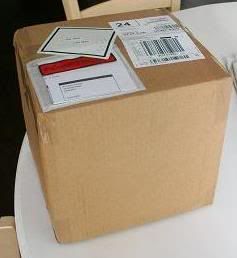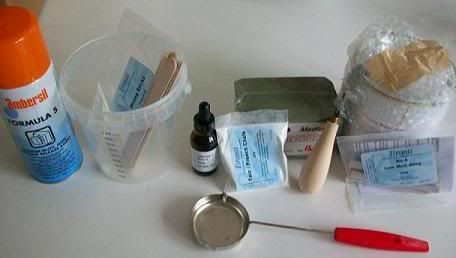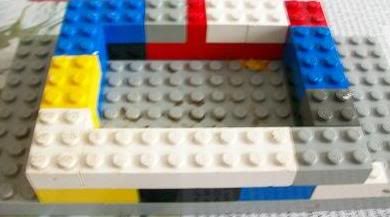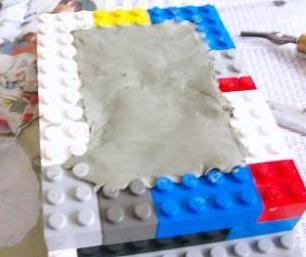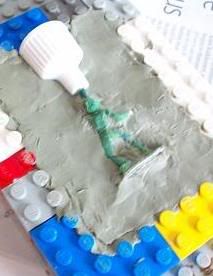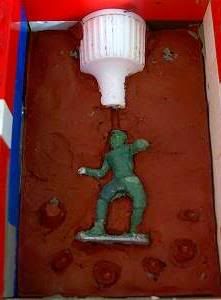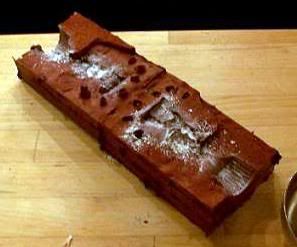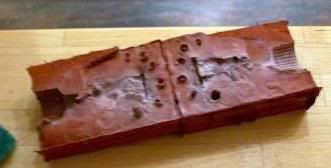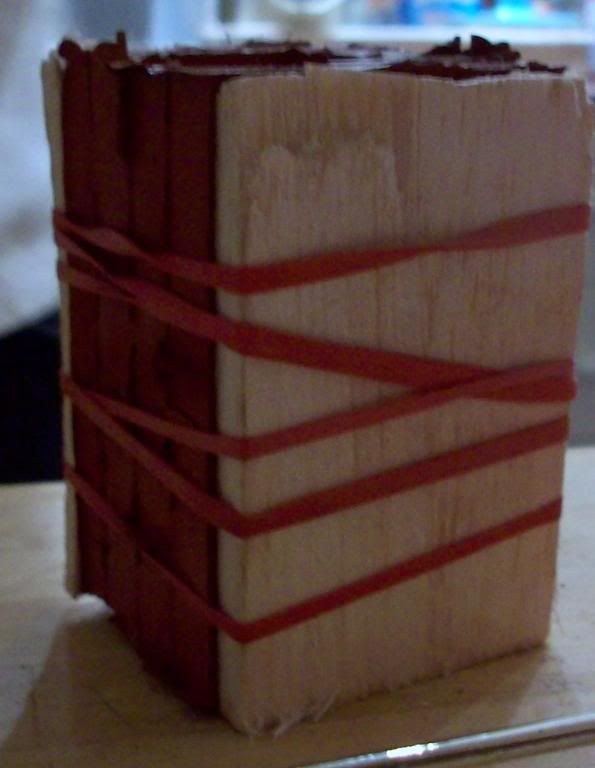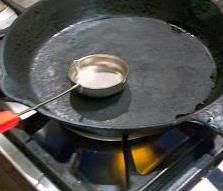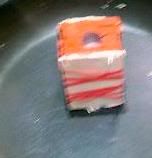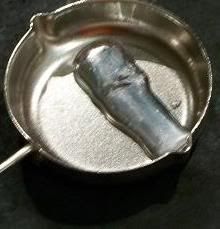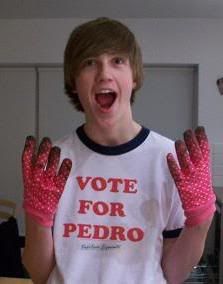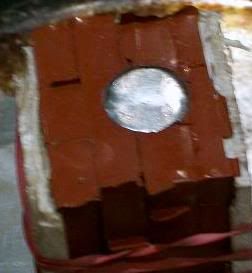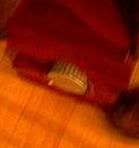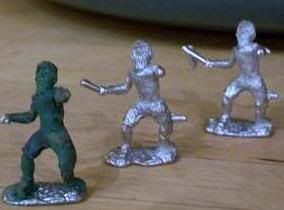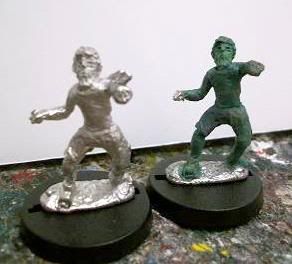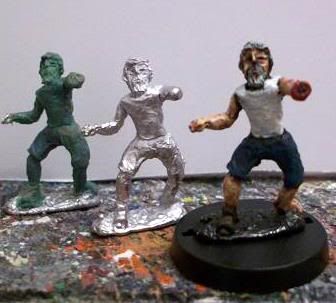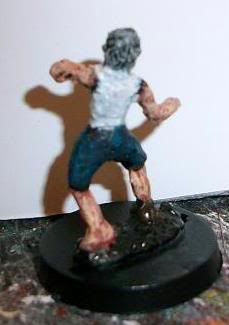8mm scenery from 1/35 diorama kits
Hi again,
This week I thought I'd show a bit more on how I made the 2 warehouses in the background of last weeks figure shots.
In a nutshell, they are made from a single Miniart Workshop kit in 1/35th scale. These are great kits as they contain loads of vac formed brick walls, roofs, rafters and injection moulded doors, windows and lamposts etc. Many purists would say the bricks are too large for 28mm but I think they look fine for gaming puposes.
As I said, this particular kit has enough brick sections to make the inside of the building as well so all I did was glue each section to thin plasticard and made 2 buildings instead of having internal bricks.
The tiled roof building is pretty much standard and the tin roof one was made using the extra bits. I had to make a new tin roof from thin corrugated card and used some of the supplied rafter sections to make the wooden planked loading bay door section. Sadly, you only get one double industrial door so I had to scratch build the two doors for the tin roofed building but this didn't take long. The roofs are removable and there's plenty of room inside for gaming.
For the painting I undercoated them both with dark brown emulsion then simply used matt emulsion tester pots in shades of terracotta and green for the painted wood and codex grey for the concrete areas. I used a few GW brown washes to dull things down and rubbed some white chalk powder over some areas of brickwork to simulate paler cement (this makes a big difference to the overall effect).
Overall, I'm really happy how they came out as they are great for all sorts of periods and pretty sturdy as they are plastic.
Laters Si
This week I thought I'd show a bit more on how I made the 2 warehouses in the background of last weeks figure shots.
In a nutshell, they are made from a single Miniart Workshop kit in 1/35th scale. These are great kits as they contain loads of vac formed brick walls, roofs, rafters and injection moulded doors, windows and lamposts etc. Many purists would say the bricks are too large for 28mm but I think they look fine for gaming puposes.
As I said, this particular kit has enough brick sections to make the inside of the building as well so all I did was glue each section to thin plasticard and made 2 buildings instead of having internal bricks.
The tiled roof building is pretty much standard and the tin roof one was made using the extra bits. I had to make a new tin roof from thin corrugated card and used some of the supplied rafter sections to make the wooden planked loading bay door section. Sadly, you only get one double industrial door so I had to scratch build the two doors for the tin roofed building but this didn't take long. The roofs are removable and there's plenty of room inside for gaming.
For the painting I undercoated them both with dark brown emulsion then simply used matt emulsion tester pots in shades of terracotta and green for the painted wood and codex grey for the concrete areas. I used a few GW brown washes to dull things down and rubbed some white chalk powder over some areas of brickwork to simulate paler cement (this makes a big difference to the overall effect).
Overall, I'm really happy how they came out as they are great for all sorts of periods and pretty sturdy as they are plastic.
Laters Si





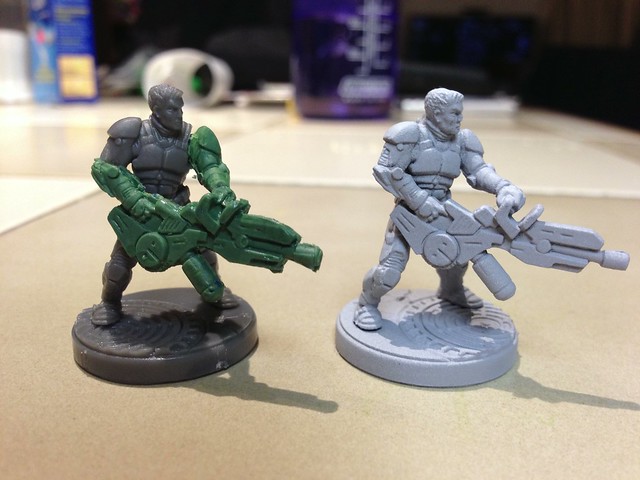





































 Quote
Quote